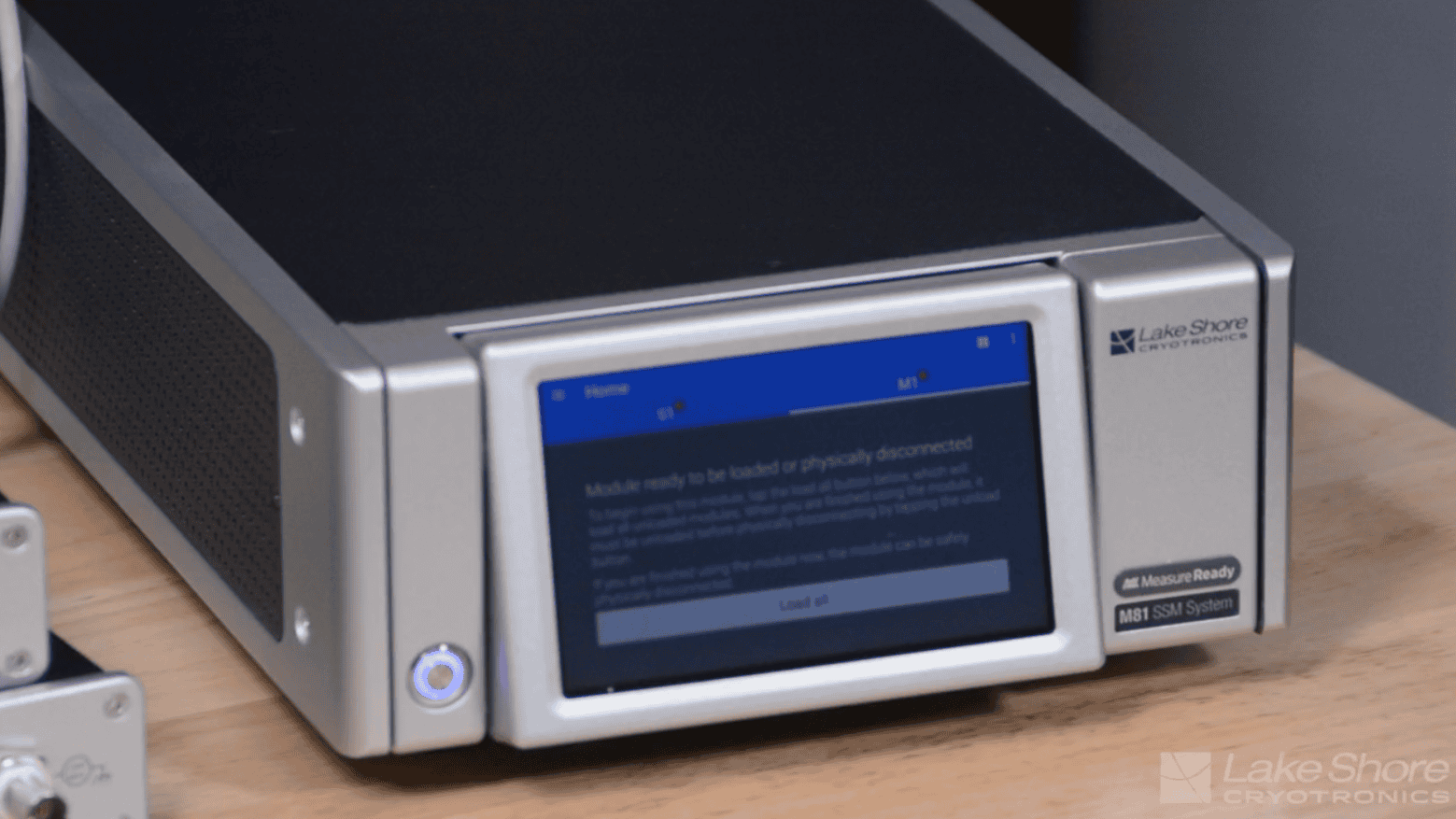Supermassive black holes are believed to exist at the centre of most galaxies, including our Milky Way. However, in certain cases, two such black holes are thought to orbit one another, forming binary systems. These gravitationally bound pairs could provide significant insights into the dynamics of galaxy formation and the behaviour of space-time. Detecting them, however, presents challenges due to their nature, as they cannot be observed directly using traditional telescopes.
Gravitational Waves and Galactic Collisions
According to research, as reported by The Conversation, binary black holes can form when galaxies merge. During such collisions, the black holes from the merging galaxies are brought closer by gravitational forces. Eventually, they may create a binary system before combining into one larger black hole over millions of years.
These systems emit gravitational waves, ripples in space-time predicted by Albert Einstein’s theory of general relativity. Observatories like the Laser Interferometer Gravitational-Wave Observatory (LIGO) detect these waves, though pinpointing individual binaries remains elusive.
Evidence from Active Galactic Nuclei
Researchers have identified a potential binary black hole system in an active galaxy, PG 1553+153, as reported by The Conversation. Observations have revealed periodic light variations approximately every 2.2 years, which could indicate the presence of two orbiting black holes.
Active galactic nuclei, which emit immense energy due to gas accretion, often display such cyclical patterns. These patterns, however, might also result from other phenomena like jet wobbles, requiring further investigation.
Historical Data and Findings
As reported by The Conversation, they used archival data spanning over a century, a secondary 20-year light variation pattern was identified in PG 1553+153. This additional evidence supports the binary black hole hypothesis, suggesting the system includes two black holes with masses in a 2.5:1 ratio. Final confirmation, however, may depend on advancements in pulsar timing arrays to detect specific gravitational waves.
The study highlights how historical data and modern simulations contribute to understanding complex cosmic events. The findings advance knowledge of galactic evolution and black hole behaviour, with future technological improvements expected to refine these discoveries.








